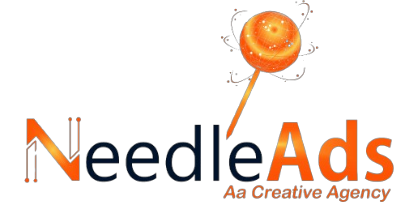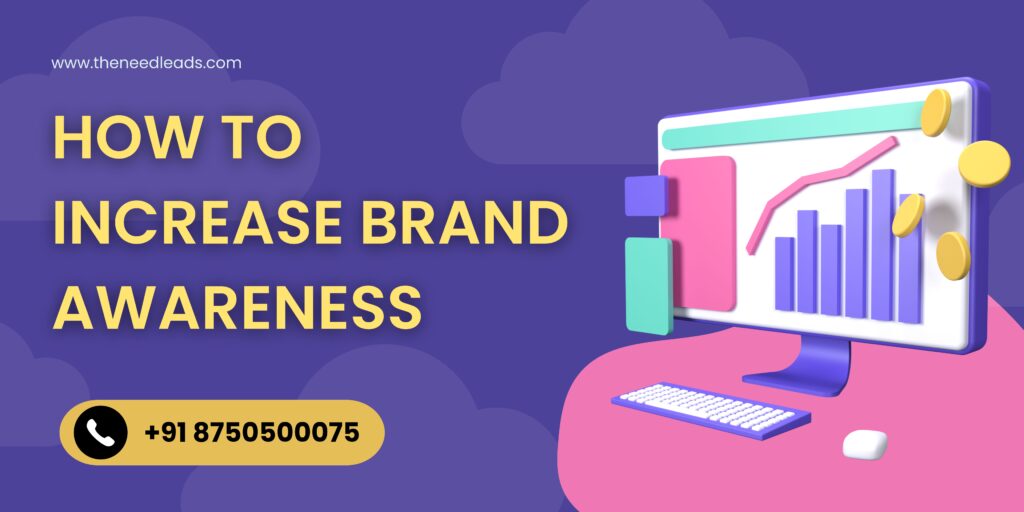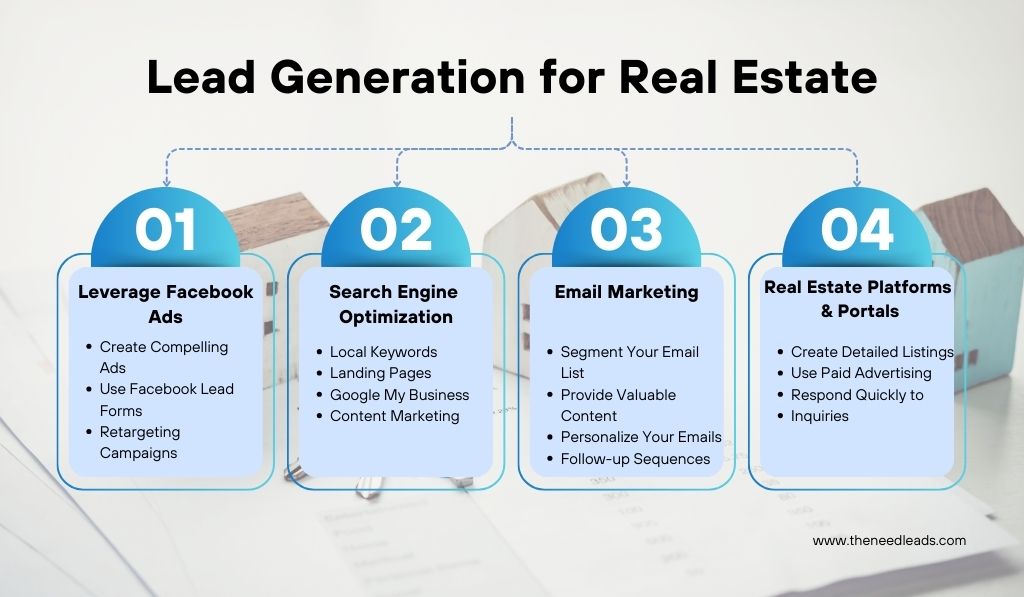In today’s digital age, landing pages have become one of the most crucial elements of online marketing strategies. A well-designed landing page can significantly boost your sales, generate leads, and convert visitors into loyal customers. However, creating a high-converting landing page requires more than just an attractive design; it involves a deep understanding of user experience (UX), effective copywriting, and strategic optimization. This comprehensive guide will walk you through the essential aspects of landing page design, ensuring that your pages are optimized for maximum conversions.
Understanding the Importance of Landing Pages
A landing page is an independent web page created specifically for a marketing or advertising campaign. It is where visitors “land” after clicking on a link in an email, social media post, or online ad. Unlike your homepage or other web pages, a landing page has a singular focus or goal, known as a call to action (CTA).
Landing pages are designed with one primary purpose: to convert visitors into leads or customers. Whether it’s signing up for a newsletter, downloading a free eBook, or making a purchase, the goal is to guide the visitor toward completing a specific action.
Key Elements of High-Converting Landing Pages
To create a landing page that converts, several key elements must be carefully considered and implemented. These elements include:
- Compelling Headlines The headline is the first thing visitors see when they land on your page. It sets the tone for the rest of the page and determines whether the visitor will stay or leave. A compelling headline should be clear, concise, and communicate the value of your offering. It should grab the visitor’s attention and make them want to learn more.
Example: Instead of a generic headline like “Welcome to Our Website,” try something more specific and value-driven, such as “Boost Your Sales with Our Proven Marketing Strategies.”
- Clear and Relevant Value Proposition Your unique selling proposition (USP) should be evident throughout the landing page. The USP is what differentiates your product or service from the competition and convinces visitors to choose you. It should be highlighted in the headline, subheadings, and body copy.
Example: If you’re offering a free trial of your software, make sure the benefits of the trial are clearly stated. “Experience Our Advanced Features Risk-Free for 30 Days” is a clear value proposition that tells visitors exactly what they can expect.
- User-Friendly Design and Layout A clean and intuitive design is essential for keeping visitors engaged and guiding them toward the CTA. The layout should be simple, with plenty of white space, and the content should be organized in a way that is easy to scan. Avoid cluttering the page with unnecessary elements that can distract or overwhelm the visitor.
Best Practices:
- Use bullet points and short paragraphs to break up text.
- Ensure that the text is legible with a readable font size and color contrast.
- Use high-quality images and videos that support your message.
- Strong and Actionable CTA The call to action is the most critical element of your landing page. It tells visitors what you want them to do next. Whether it’s “Sign Up Now,” “Download the eBook,” or “Get Started Today,” the CTA should be clear, concise, and compelling.
Optimizing Your CTA:
- Place the CTA button above the fold (visible without scrolling).
- Use contrasting colors to make the CTA stand out.
- Test different CTA text to see what resonates best with your audience.
- Landing Page Copywriting The copy on your landing page should be persuasive and focused on the visitor’s needs and desires. It should highlight the benefits of your offering, address any potential objections, and build trust with the visitor. Remember, the goal is to convince the visitor to take action, so the copy should be direct, clear, and engaging.
Copywriting Tips:
- Use a conversational tone to connect with your audience.
- Focus on the benefits rather than just the features of your product or service.
- Include testimonials or social proof to build credibility.
- Visual Hierarchy Visual hierarchy is the arrangement of elements on the page to guide the visitor’s attention in a specific order. It ensures that the most critical information, such as the headline and CTA, is noticed first. Use size, color, and placement to create a visual hierarchy that leads visitors toward the desired action.
Creating Effective Visual Hierarchy:
- Make your headline the largest text on the page.
- Use bold colors for important elements like the CTA button.
- Place supporting information (such as testimonials) below the primary content.
- Mobile Optimization With a significant portion of web traffic coming from mobile devices, it’s essential that your landing page is fully optimized for mobile users. A responsive design ensures that the page looks and functions well on all devices, providing a seamless experience for mobile visitors.
Mobile Optimization Strategies:
- Use a mobile-friendly design with a single-column layout.
- Ensure that buttons and links are large enough to be easily tapped.
- Minimize the use of heavy images or videos that can slow down load times.
Enhancing User Experience (UX) on Landing Pages
User experience (UX) plays a crucial role in the effectiveness of your landing page. A positive UX can increase engagement, reduce bounce rates, and ultimately lead to higher conversions. Here are some strategies to enhance UX on your landing pages:
- Loading Speed Visitors expect pages to load quickly. If your landing page takes too long to load, visitors may leave before they even see your content. Optimize images, minimize the use of heavy scripts, and consider using a content delivery network (CDN) to improve loading times.
- Consistency Ensure that the design and messaging on your landing page are consistent with the ad or link that brought the visitor there. If the visitor clicks on an ad promising a 20% discount, make sure that the discount is prominently displayed on the landing page.
- Minimal Distractions The focus of your landing page should be on the CTA. Avoid using pop-ups, sidebars, or other elements that can distract the visitor from completing the desired action. Keep the page clean and focused on the goal.
- A/B Testing Continuously test different elements of your landing page to see what works best. A/B testing allows you to compare two versions of a page to determine which one performs better. Test different headlines, images, CTA buttons, and layouts to optimize for conversions.
Lead Generation Strategies Using Landing Pages
Landing pages are powerful tools for lead generation. By offering something of value in exchange for contact information, you can build a list of qualified leads who are interested in your product or service. Here are some effective lead generation strategies using landing pages:
- Offer a Lead Magnet A lead magnet is an incentive offered to visitors in exchange for their contact information. Common lead magnets include eBooks, whitepapers, webinars, and free trials. The key is to offer something that is valuable and relevant to your target audience.
- Use Forms Wisely The form on your landing page is where visitors will provide their contact information. Keep the form simple and only ask for the essential information. The fewer fields you require, the higher the likelihood that visitors will complete the form.
Form Best Practices:
- Use a single-column layout to make the form easy to complete.
- Include a clear and concise form headline.
- Use placeholder text to guide visitors in filling out the form.
- Leverage Social Proof Social proof, such as customer testimonials, reviews, or case studies, can significantly increase the credibility of your landing page. When visitors see that others have had a positive experience with your product or service, they are more likely to trust you and take action.
- Use Exit-Intent Popups Exit-intent popups are triggered when a visitor is about to leave your page. These popups can be used to offer a last-minute incentive, such as a discount or free resource, to encourage the visitor to stay and convert.
Best Practices for Optimizing Landing Pages
Optimizing your landing pages is an ongoing process. Even after you’ve created a high-converting landing page, there are always opportunities for improvement. Here are some best practices for optimizing your landing pages:
- Track and Analyze Performance Use tools like Google Analytics to track the performance of your landing pages. Pay attention to metrics such as bounce rate, conversion rate, and average time on page. Analyzing this data can help you identify areas for improvement.
- Personalize the Experience Personalization can significantly improve the effectiveness of your landing pages. Use dynamic content to tailor the page to individual visitors based on their behavior, location, or other factors. For example, you can display different offers to returning visitors versus first-time visitors.
- Continuously Test and Iterate As mentioned earlier, A/B testing is a powerful tool for optimization. Regularly test different elements of your landing pages to see what works best. Even small changes, such as adjusting the CTA text or changing the color of a button, can have a significant impact on conversions.
- Focus on the User Journey Consider the entire user journey when designing your landing page. Think about where the visitor is coming from, what they are looking for, and how you can guide them toward the desired action. The landing page should be a seamless continuation of the user’s experience, whether they arrived from an ad, email, or social media post.
- Optimize for Search Engines While the primary goal of a landing page is to convert visitors, it’s also essential to optimize it for search engines. Use relevant keywords in the headline, subheadings, and body copy to improve the page’s visibility in search results. Additionally, ensure that the page has a meta description and that all images have alt text.
- Use High-Quality Images and Videos Visual content can significantly enhance the appeal of your landing page. Use high-quality images and videos that are relevant to your offering. A study by Insivia Technologies found that videos can increase conversions on landing pages by 80 percent, so consider adding a short video that explains your product or service.
- Implement Clear Navigation While the primary focus of a landing page is the CTA, it’s also essential to provide visitors with clear navigation options if they want to learn more. Include links to other relevant pages, such as your homepage or product pages, but keep them unobtrusive so that they don’t distract from the main goal.
Conclusion
Mastering landing page design is a crucial step in boosting your sales and growing your business. By focusing on key elements such as compelling headlines, clear value propositions, user-friendly design, and strong CTAs, you can create high-converting landing pages that engage visitors and drive them to take action.
Additionally, enhancing the user experience, implementing effective lead generation strategies, and continuously optimizing your landing pages will ensure that you stay ahead of the competition and maximize your conversion rates. Remember, the success of your landing pages is an ongoing process that requires regular testing, analysis, and iteration.
By following the best practices outlined in this guide, you’ll be well on your way to creating landing pages that not only capture leads but also convert them into loyal customers, ultimately boosting your sales and growing your business.

























